Prairie Dog
- December 19, 2023
- 0 comment
The prairie dog, a charismatic burrowing rodent belonging to the Cynomys genus, is a fascinating creature that plays a crucial role in the ecosystems it inhabits. Despite their endearing appearance and social nature, conflicts often arise between prairie dogs and human activities, particularly in agricultural areas where their burrowing can pose challenges to farming operations.
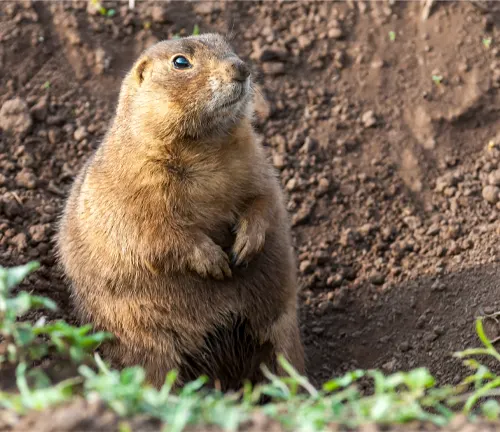
The legal status of prairie dogs varies, with some species enjoying protection in certain regions due to their ecological significance, while others face threats from habitat loss and disease. Identifying prairie dogs is relatively straightforward, as they exhibit a distinctive appearance with a compact body, short legs, and a bristly tail. Their fur color can range from light brown to reddish, and they are known for their characteristic yipping calls.
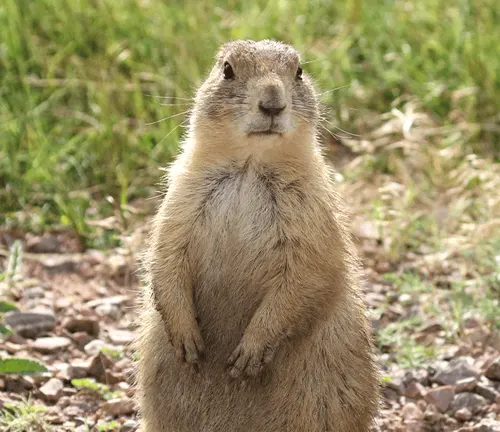
Prairie dogs are primarily found in North America, inhabiting grasslands and prairies where they create extensive burrow systems. Despite their essential role in maintaining the ecosystem, their proximity to human activities can raise health and safety concerns. The potential for disease transmission, particularly regarding the bubonic plague, poses a challenge, necessitating a balanced approach to conservation and management efforts to ensure the coexistence of prairie dogs and human communities.
| Aspect | Details |
|---|---|
| Scientific Name | Cynomys genus |
| Physical Description | Compact body, short legs, bristly tail, fur color ranging from light brown to reddish, yipping calls |
| Habitat | Grasslands and prairies |
| Behavior | Social animals, live in colonies with extensive burrow systems |
| Conflicts | Potential conflicts with agriculture due to burrowing activities |
| Legal Status | Varies by species and region; some protected for ecological significance |
| Range | Primarily in North America |
| Health Concerns | Potential for disease transmission, particularly the bubonic plague |
| Conservation Status | Varied, with some species facing threats from habitat loss and disease |
General Biology of the Prairie Dog
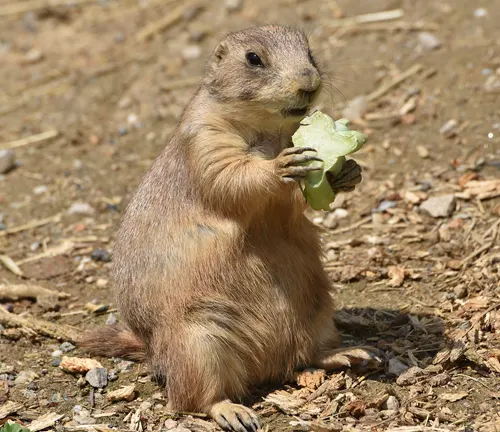
The prairie dog, a member of the Cynomys genus, is a fascinating rodent with distinct characteristics that contribute to its importance in the ecosystem. Known for its compact body, short legs, and bristly tail, the prairie dog exhibits a fur color spectrum ranging from light brown to reddish. With a penchant for social living, these creatures form colonies, creating extensive burrow systems in their grassland and prairie habitats. Their general biology showcases adaptability and communal behavior, making them an integral part of the ecosystems they inhabit.
Reproduction Among Prairie Dogs
Reproduction among prairie dogs follows a pattern typical of rodents. Breeding occurs once a year, usually in the early spring. Female prairie dogs, known for their attentive parenting, give birth to a litter of pups after a gestation period of about 30 days. These pups are born blind and hairless but quickly develop, with the mother providing care and protection within the safety of the burrow. This reproductive strategy ensures the survival and growth of the prairie dog population within their dynamic environments.
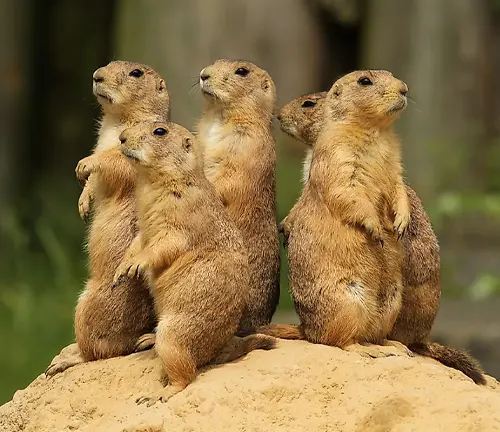
Behavioral Insights into Prairie Dogs
Prairie dogs are renowned for their complex social structures and behaviors. Living in colonies, they engage in activities that strengthen their communal bonds, such as grooming and vocal communication. The characteristic yipping calls serve as essential communication tools, alerting the colony to potential threats. The intricate social dynamics of prairie dogs contribute to their resilience and ability to adapt to the challenges of their grassland habitats.
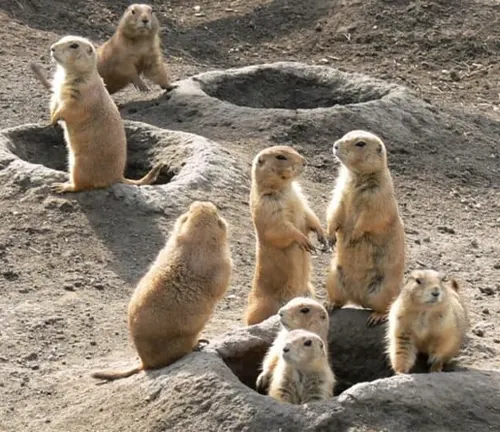
Nesting/Denning Cover of Prairie Dogs
Nesting and denning are crucial aspects of prairie dog life. Their burrow systems serve multiple purposes, providing shelter from predators, protection against harsh weather conditions, and a safe space for raising their young. The interconnected tunnels create an intricate network, showcasing the architectural prowess of these rodents. The denning cover not only ensures the survival of the individual prairie dogs but also contributes to the overall stability of the colony.
Habitat Preferences of Prairie Dogs
Prairie dogs are primarily found in North American grasslands and prairies, where their burrowing activities play a vital role in shaping the landscape. Their habitat preferences are closely tied to the availability of suitable vegetation for food and the need for open spaces for burrow construction. While they contribute to the ecosystem’s health, the proximity of their habitats to human activities can lead to conflicts, particularly in agricultural regions.
Dietary Habits of Prairie Dogs
Prairie dogs are herbivores with a predominantly vegetarian diet. They feed on a variety of grasses, herbs, and vegetation, showcasing their role as ecosystem engineers by influencing plant growth patterns in their habitats. Despite their simple dietary preferences, prairie dogs play a significant role in shaping the vegetation dynamics of the grasslands they inhabit.

Voice, Sounds, Tracks, and Signs of Prairie Dogs
Communication is paramount in the prairie dog community, and they employ a diverse range of vocalizations to convey messages within the colony. The yipping calls, varying in pitch and intensity, serve as warning signals for approaching predators. Additionally, prairie dogs use body language and visual cues to communicate. Understanding the nuances of their sounds and signs provides insights into the social organization and potential threats within the colony.
Understanding the Impact of Prairie Dogs
Prairie dogs, while endearing and vital to ecosystems, can pose challenges when their activities intersect with human landscapes. Identifying the damage they cause is essential for implementing effective management strategies that balance conservation efforts with the needs of human communities.
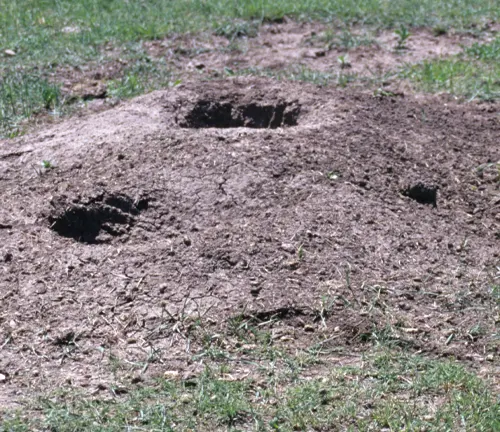
Unraveling the Ecological Impact
The burrowing behavior of prairie dogs, while crucial for their survival, can result in notable changes to landscapes. Extensive burrow systems alter the topography, affecting soil stability and water drainage. Understanding the ecological impact of these changes is vital for land managers and conservationists seeking to maintain a delicate balance between the needs of prairie dog populations and the preservation of diverse ecosystems.
Navigating Agricultural Challenges
In agricultural regions, the presence of prairie dogs can lead to conflicts with farmers and ranchers. The rodents’ burrowing activities may damage crops, affecting yield and economic livelihoods. Additionally, the competition for vegetation between prairie dogs and livestock raises concerns about sustainable land use. Exploring the intricacies of these challenges sheds light on the delicate relationship between prairie dogs and agriculture, prompting the search for harmonious coexistence.
Addressing Human-Animal Conflict
As prairie dog habitats encroach upon urban and suburban areas, conflicts with human structures become inevitable. Their burrows may compromise the stability of roads, foundations, and other infrastructures, leading to safety concerns. Identifying and addressing the damage to structures is crucial for public safety and the well-being of both prairie dog populations and human communities. Innovative solutions that mitigate these challenges while respecting the natural behaviors of prairie dogs are essential for fostering peaceful cohabitation.
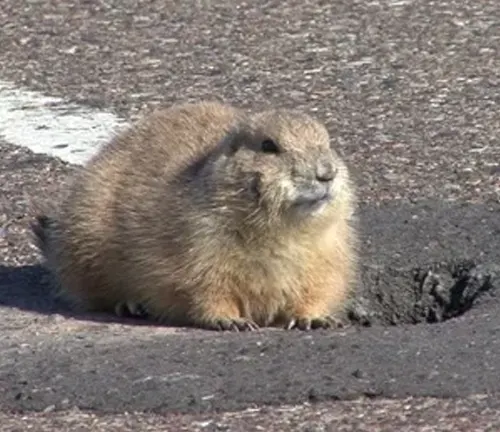
Safeguarding Landscapes from Prairie Dog Impact
As the coexistence of prairie dogs and human landscapes becomes increasingly complex, implementing effective damage prevention and control methods is crucial. This article explores various strategies to mitigate the impact of prairie dogs on habitats, crops, and structures, fostering a harmonious balance between conservation and human activities.
Striking a Balance in Ecosystems
One key approach to damage prevention involves habitat modification. By carefully managing vegetation and landscape features, land managers can influence prairie dog behavior and distribution. Balancing the preservation of natural ecosystems with the needs of agriculture and infrastructure requires a nuanced understanding of how habitat modification can deter prairie dogs from areas where conflicts may arise.
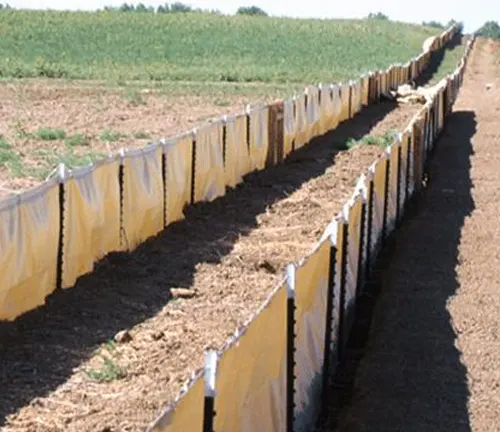
Creating Boundaries for Coexistence
Exclusion methods aim to create physical barriers that prevent prairie dogs from accessing specific areas. Fencing, for instance, can be strategically employed to protect crops and sensitive landscapes. Examining the effectiveness and ethical considerations of exclusion techniques provides insights into creating boundaries that allow both prairie dogs and human activities to thrive in their respective spaces.
Utilizing Non-lethal Techniques
Non-lethal methods, such as frightening devices, can deter prairie dogs without causing harm. These devices often use sound, light, or motion to create an environment perceived as threatening by the rodents. Understanding the nuances of these devices and their impact on prairie dog behavior is essential for developing humane and effective strategies that minimize damage to landscapes and crops.
Navigating Chemical Solutions
Repellents offer a chemical approach to deter prairie dogs from specific areas. Exploring the types of repellents available, their environmental impact, and their efficacy provides valuable insights into how chemical solutions can be responsibly integrated into damage prevention strategies. Striking a balance between effective repellents and environmental conservation is paramount for sustainable coexistence.
Assessing the Risks and Benefits
The use of toxicants presents a more controversial method of prairie dog control. Understanding the risks associated with toxicants, both to prairie dogs and other wildlife, is crucial for informed decision-making. This article delves into the ethical considerations and potential consequences of employing toxicants, emphasizing the need for responsible and regulated use in damage prevention.
Evaluating Lethal Control Options
In situations where non-lethal methods prove insufficient, lethal control options such as shooting and trapping may be considered. This section explores the effectiveness, ethical implications, and regulatory aspects of these methods. Highlighting the importance of responsible and humane practices in lethal control helps navigate the complex landscape of prairie dog management.
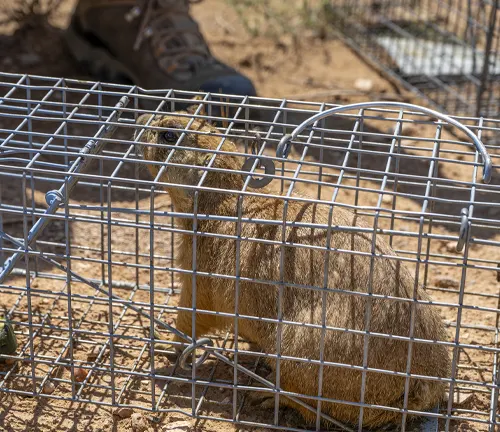
Different Species
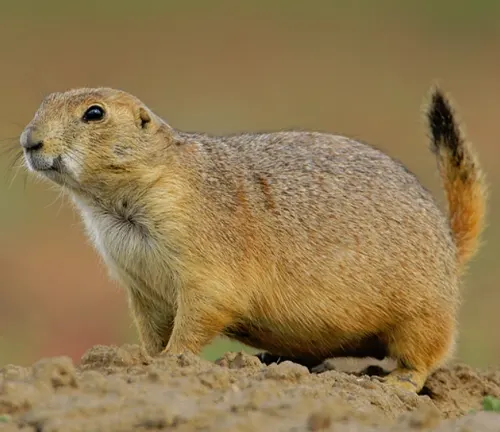
Black-tailed Prairie Dog
(Cynomys ludovicianus)
Found in the western United States, including parts of Montana, Wyoming, Colorado, and New Mexico. Named for its characteristic black-tipped tail, the black-tailed prairie dog has a tan to reddish-brown fur and is the most widespread species.
White-tailed Prairie Dog
(Cynomys leucurus)
Inhabits portions of Wyoming, Colorado, Utah, and Montana. Distinguished by its white-tipped tail, the white-tailed prairie dog has a pale buff to light grayish-brown fur.

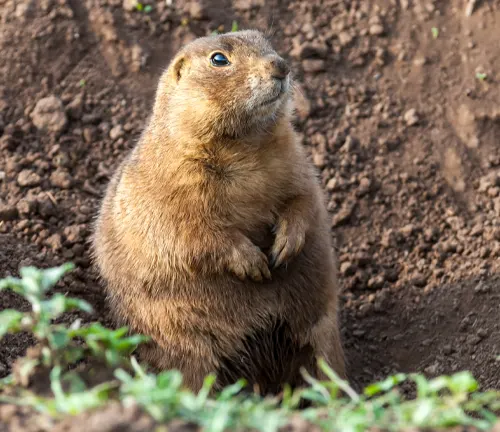
Gunnison’s Prairie Dog
(Cynomys gunnisoni)
Found in southwestern Colorado, northwestern New Mexico, and southeastern Utah. Smaller than the black-tailed prairie dog, Gunnison’s prairie dog has a grizzled grayish appearance with a shorter tail.
Utah Prairie Dog
(Cynomys parvidens)
Restricted to a small area in southwestern Utah.
One of the smaller prairie dog species, the Utah prairie dog has cinnamon-colored fur and a relatively short tail.
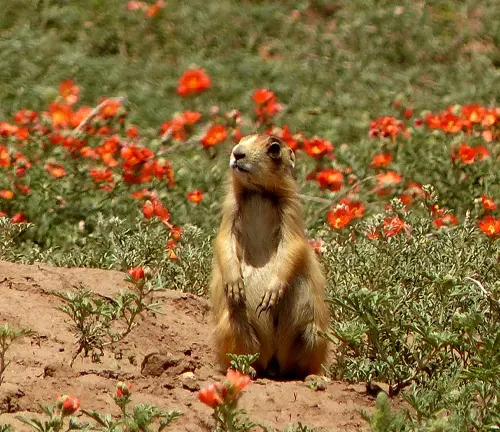
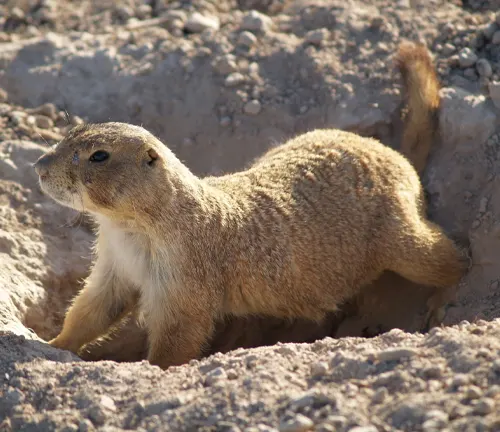
Mexican Prairie Dog
(Cynomys mexicanus)
Inhabits northern Mexico, specifically in the states of Chihuahua and Sonora. Similar in appearance to the black-tailed prairie dog, the Mexican prairie dog has a black-tipped tail and is slightly smaller in size.
Frequently Asked Questions (FAQs)
1. What is a prairie dog?
Prairie dogs are small to medium-sized rodents belonging to the genus Cynomys. They are known for their social behavior, complex burrow systems, and significant ecological roles in North American grasslands.
2. Where are prairie dogs found?
Prairie dogs are primarily found in North America, inhabiting grasslands and prairies. Different species have specific geographic ranges, including the western United States and parts of Mexico.
3. How do prairie dogs communicate?
Prairie dogs communicate using a variety of vocalizations, including yipping calls that serve as warning signals. They also use body language and visual cues to convey information within their colonies.
4. What is the purpose of prairie dog burrows?
Prairie dog burrows serve multiple purposes, including shelter from predators, protection against weather conditions, and as a safe space for raising their young. The extensive burrow systems also contribute to the overall health of grassland ecosystems.
5. Are prairie dogs endangered?
While some prairie dog species face conservation challenges, such as habitat loss and disease threats, none are currently classified as endangered. However, specific species may be listed as threatened or have localized conservation concerns.
6. Do prairie dogs hibernate?
Prairie dogs do not hibernate. They are active year-round, although their activity levels may decrease during the winter months. They rely on stored food and fat reserves to survive harsh weather conditions.
7. What do prairie dogs eat?
Prairie dogs are herbivores and primarily eat grasses, herbs, and vegetation. Their foraging activities influence plant growth patterns in their habitats.
8. Do prairie dogs pose any health risks to humans?
Prairie dogs have been associated with the potential transmission of diseases such as the bubonic plague. However, the risk to humans is generally low, and proper precautions can be taken to minimize any health concerns.
9. How do prairie dogs impact agriculture?
Prairie dogs can cause conflicts with agriculture by damaging crops through their burrowing activities. Efforts to manage these conflicts often involve implementing strategies that balance conservation and agricultural needs.
10. What conservation efforts are in place for prairie dogs?
Conservation efforts for prairie dogs include habitat preservation, disease management, and public education. Some regions have specific conservation plans in place to address the challenges faced by different prairie dog species.


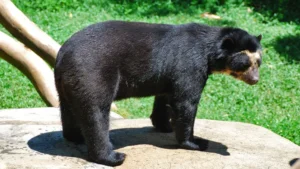
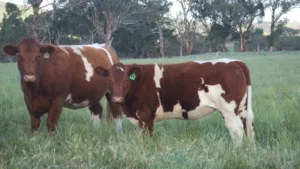



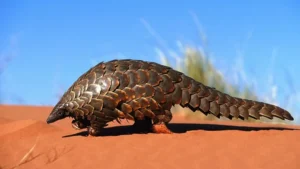
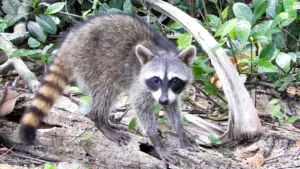
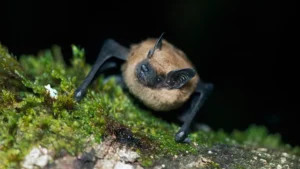
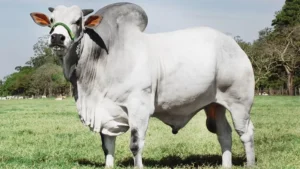
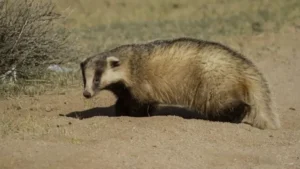


Leave your comment